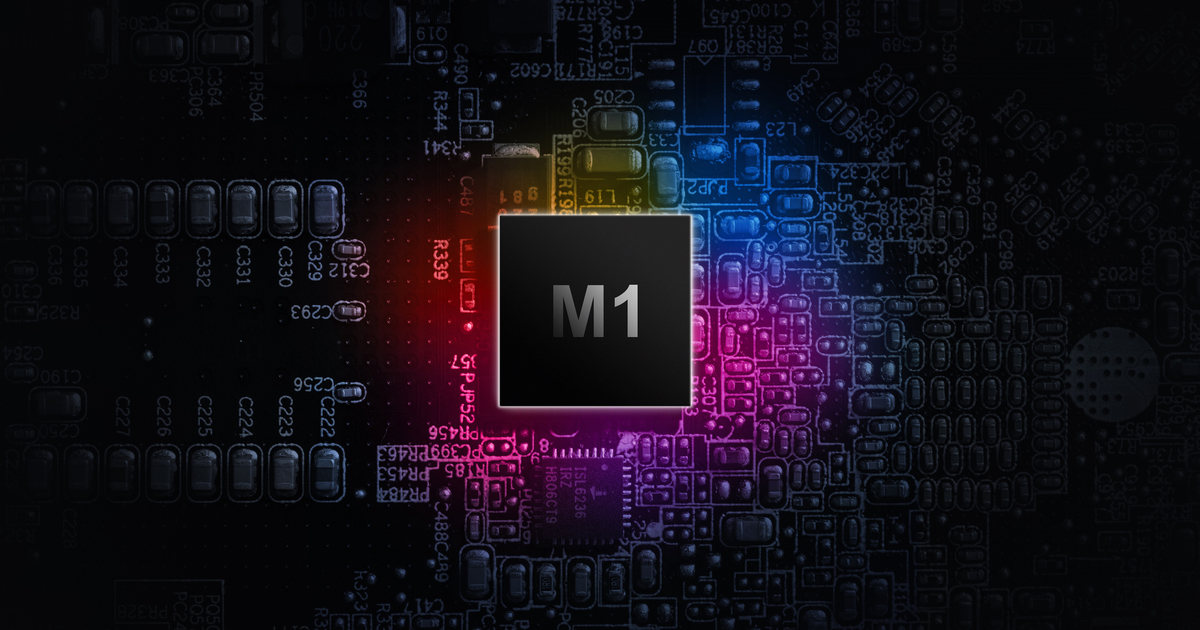There’s a fair bit of confusion, always has been, surrounding the different varieties of USB 3.1 and Thunderbolt 4 ports. The USB 3.1 standard has changed several times, with the newest specs offering data transfer rates up to 10Gb/s. When you purchase a new computer, you might expect it to support the latest of the USB 3.1 standards, but that’s proving not to be the case. Recent testing indicates M1 Mac Thunderbolt ports simply don’t live up to the standards we might expect.
A Brief History of USB 3.1 and Thunderbolt 4
The USB 3.1 standard came out in July 2013. It has two variants, Gen 1 and Gen 2. The first preserves USB 3.0’s SuperSpeed transfer mode, which should allow data transfer speeds of up to 5Gbps. With USB 3.1 Gen 2, that’s supposed to double (PDF) to 10 gigabits per second. Apple introduced support for USB-C (theoretically just the connector specification for USB 3.1 Gen 2) in 2015.
An even more recent standard, USB 3.2, came out in Sept. 2017 and introduced a SuperSpeed+ data transfer mode. In theory, that offers data rates up to 20Gbps.
Thunderbolt 4, on the other hand, should offer data bandwidth up to 40Gbps. Intel announced Thunderbolt 4 in Jan. 2020 at that year’s Consumer Electronics Show, releasing the final specification in July 2020.
Apple released its newest 16-inch MacBook Pro, claiming support for Thunderbolt 4, in 2021. In 2022, the Cupertino-based company shipped the Mac Studio, also offering Thunderbolt 4 ports along with a pair of USB-C ports we thought would fully support USB 3.1 Gen 2.
M1 Mac Thunderbolt Ports Significantly Underperform
Howard Oakley, of Eclectic Light, put two M1 Macs to the test after multiple reports of lower-than-expected data transfer speeds. Oakley tested an Apple Mac Studio, with an M1 Max, 32GB of RAM and 2TB internal SSD, connected to an Apple Studio Display. The testing also included a 2021 16-inch MacBook Pro with the M1 Pro SoC, 32GB memory and 2TB internal SSD.
For his testing, Oakley connected a variety of external SSD devices using certified Thunderbolt 4 cables as well as USB-C data cables. On an Intel Mac, all drives and cables reported SuperSpeed+ 10Gbps connections in macOS System Information.
Oakley didn’t stop there. He did real-life testing, measuring throughput using his own app to write 160 files sized from 2MB to 2GB to the external SSD. While the Intel Macs performed as expected, the M1 Mac Thunderbolt ports didn’t even come close.
In fact, Oakley found that the fastest storage devices perform at about half their expect speeds on the M1 series, no matter which one you look at. If you use a Thunderbolt 4 cable to connect to the USB-C port on the front of the Mac Studio, matters get even worse. Oakley achieved speeds less than 10% of what the performance should have been.
Key Takeaways From Oakley’s Tests
Oakley goes into much more technical detail in his report, but several key facts emerge.
- Since its release in November 2020, Apple has not released an M1 Mac with Thunderbolt ports that actually live up to their full potential.
- The Thunderbolt ports on M1 Macs do not support 10GBps SuperSpeed+ as defined in USB 3.2 (but Apple makes no claim that they should.)
- If you want the best performance out of your USB 3.1 Gen 2 storage device, you should connect it either to a Thunderbolt 3 dock or the USB ports on the Apple Studio Display.
It’s possible this is simply a bug in the M1 firmware, but if so, it’s been around far too long. If, on the other hand, it’s a shortcoming in the chip itself, Apple needs to admit to that and update its compatibility claims on product listings for all of the M1 Mac models.
We have reached out to Apple for comment, and will update with any response from the company.

Do ports of M1 Pro and M1 Max Macs support USB 3.2 Gen 2×2 (20 Gbps) = 2,000 MB/s on external SSD like the Kingston XS2000?
“The Thunderbolt ports on M1 Macs do not support 10GBps SuperSpeed+ as defined in USB 3.2 (but Apple makes no claim that they should.)”
I tested by M1 Max MacBook Pro with a Sabrent NVMe 4.0 Gen4 SSD in a Thunderbolt 3 enclosure. I got 2800MB/s read, and 2637 MB/s write, which was about the limit of the Sabrent.
Very interesting: funny enough, my SanDisk Extreme Pro achieves about 750-800 MB/s measured with the Blackmagic Speed Test. Connected directly via the OWC universal TB/USB-cable. So the lower speeds seem to be not always present. Connected via a OWC TB4 Dock, the speed is a bit slower, in fact.
Which Mac is that on, Stefan?
The values I just stated were from memory measured on my M1 Mac Mini.
I just measured again with my new MB Pro 14“: 820 MB/s Write/925 MB/s read speed. No difference between the TB4 or SanDisk USB-C cable nor the left or right TB port on the MBP.
So at least this SSD is maxed out speed wise.
Interesting…is that a TB4-listed external SSD, or USB 3.1 Gen 2? I can’t recall off hand if SanDisk offers both.
It is rated USB 3.2 Gen 2×2 (Model SDSSDE81-2T00). I also have one that is specced USB 3.1 Gen 2 (Model SDSSDE80-1T00). I just measured it on my MBP. The speeds are lower with 795/765 but still faster that the theoretical 5GBit/s
Captains log, supplemental:
I just tested my wife’s Samsung T7 SSD on both the MBP and the M1ni: about 750 MB/s read&write.
I found the old screenshots from the measurements on my Mac Mini M1:
(All with the sandisk usb-c cable):
Directly connected: 860/805 MB/s
Connected via OWC TB4 Dock: 650/650 MB/s results vary a bit from measurement to measurement. Might depend on system load.